
When is a country not a country?
Taiwan is an island with a population of 23.6 million people. It holds free elections every four years, has multiple political parties, a parliament, and its own currency (TWD). In 2023, its per capita GDP (PPP) ranked 15th in the world. What it lacks is recognition by other sovereign states. As of January 2024, out of the 193 United Nations Member States, it only has formal diplomatic relations with 11 of them. On January 15, 2024, the island nation of Nauru in the Pacific Ocean was the last country to switch diplomatic recognition from Taiwan to the People’s Republic of China.
Personally, I enjoy my visits to Taiwan: its people are welcoming, its history is interesting, its winter weather is moderate, its transportation system is inexpensive, and its food is fantastic. Although the locals may live under the threat of a Chinese invasion, I certainly didn’t feel the anxiety during my visits. My theory is that even if you live under the threat of wars, life still moves on. You find normalcy, and you hope the people who have the power would not be insane enough to start a war.
For this trip, I spent four days in Taipei, staying at a hotel in the older Datong 大同區 District, conveniently only a 10-minute walk from the Taipei Main Station. I took a couple of train rides to visit Keelung (a port with one of the biggest night markets) and Maokong (for a gondola ride and lunch at a tea house). For the rest of the time, I chose a site I would like to visit and then just wandered around that neighborhood.
Taipei has a staggering number of night markets; I read there are more than thirty. This is my fourth visit to the city, and I think I have only managed to visit six or seven of them. During this trip, I was staying at the Royal Seasons Hotel in the Datong District, and the Ningxia Night Market 寧夏夜市 is just a quick five-minute walk from the hotel. Although this is not as massive as the Shilin Market, it has all the allure to draw me in several nights. One of the most popular restaurants is the Yuen Huan Pien 圓環邊蚵仔煎 Oyster Egg Omelette. During my visit, the queue was so long that I gave up and returned near midnight to sample the delicious omelette. What set it apart from its competitors is the amount of fresh oysters it uses for each omelette, and a serving was less than Can. $4.
Similar to other night markets, there are a hodgepodge of food stalls from Taiwanese sausages, stinky tofu, steaming dumplings, BBQ chickens, deep-fried taro balls, skewed octopus feet, grilled shrimps, fresh-squeezed fruit juices, and many more. There is usually a good family feel with people of all ages milling around, hunting for the best delectable.
The photos for the first part of this video were taken at Ximending 西門町, which literally means West Gate Town. I believe the original gate is long gone, and this area has become a vibrant, youthful, and pedestrian-only zone. On the afternoon I visited, I was among thousands of shoppers, food cart vendors, street performers, election campaigners, and photographers. It definitely had a carnival feel to it. In the area, there is an old Red House that local artists use to promote cultural and creative arts.
The second part of the video was taken at Dongmen 東門, which literally means East Gate. This is more of a local area and on the afternoon that I visited, I hardly saw any tourists. I stopped at a Taiwanese Noodle Restaurant where the menu was in Chinese only and the prices were definitely cheaper than in the tourist areas. From Dongmen, I took a short walk to visit the Grand Mosque of Taipei. Although there are only ~60,000 Muslims in Taiwan, there are 250,000 foreign Muslims working in Taiwan. Many of them come from Indonesia, Malaysia, Thailand, and the Philippines. The Grand Mosque
Maokong is a suburb located southeast of Taipei. It used to be the biggest tea growing area in Taipei. When the tea growing business became less profitable, the government built a gondola in 2007 to make it easier for locals and tourists to reach the higher elevation. The gondola ride covers a distance of 4.03 km and a gain of 275 m vertically. An one-way fair for the entire ride was 120TWD or about $5 Canadian for visitors and cheaper for local residents. The sky was grey on the day of my visit and it made the ride up the hill a bit dreamy.
Once I got to the terminus station, I found Sih Ye Tea House which is a short walk from the station. The tea house was well decorated and I had a light lunch with a lovely spot of tea, all that with a great view. After lunch, I took my time walk down the hill. I came across some people who were walking up the hill. About two-third down, I took a break at the Chih Lin Taoist Temple. There are several paths one could take and although the map was confusing, I just kept going downhill and eventually made it back to the subway station.
According to Wikipedia, 35.1% of Taiwanese practice Buddhism, while 33.0% follow Taoism. There are significant overlaps between the two. For example, Guanyin 觀音 (Goddess of Compassion) is a deity revered in both religions. Monks for both wear similar robes. Temples for both religions have similar architectural designs. In fact, it is not uncommon to have both Buddhist and Taoist monks be present at the same religious ceremonies.
The majority of locals probably practice a combination of Buddhism and Taoism, plus a Confucian worldview. On one of my previous trips, I visited a large but deserted Confucian temple; I was told the only day of the year that temple got busy was on Confucius’ birthday.
I don’t know if it is unique to the Republic of China (Taiwan’s official name), but I have not been able to find another country that placed high-profile generals under house arrest for decades. In Taiwan, two generals were placed under house arrest by Generalissimo Chiang Kai-Shek. One of them was Chang Hsueh-liang, who spent more than 51 years (from 1937 to 1988) in confinement. After his release, he lived another 13 years and died at the age of 101.
On this trip, I visited a former residence of General Sun Li-Jen, whom I learned about from the excellent The China History Podcast. Nicknamed ‘Rommel of the East,’ Gen Sun won numerous awards, including the Order of the British Empire for his incredible feat of leading a small group of soldiers to relieve 7,000 British forces trapped by a superior Japanese army at the Battle of Yenangyaung, 仁安羌大捷 in Burma. In 1950, General Sun was named Commander in Chief of the Republic of China Army in 1950 after the Nationalist government retreated to Taiwan,
In 1955, Gen. Sun was charged with conspiring with the Communists and was put under house arrest for more than three decades. He was released in March 1988 and died in 1990. In 2001, Sun’s reputation was rehabilitated after a government investigation. And in 2011, the government of Taiwan finally apologized to the Sun family.
This former residence has been converted into a small museum, a restaurant, and a service office for the Army Command Headquarters. I had a lovely Japanese lunch here. One final note, the adopted son of General Sun, Professor Peter Chung Chieh, taught at the University of Waterloo, where I graduated in 1984.
Additional favorite photos from this trip.

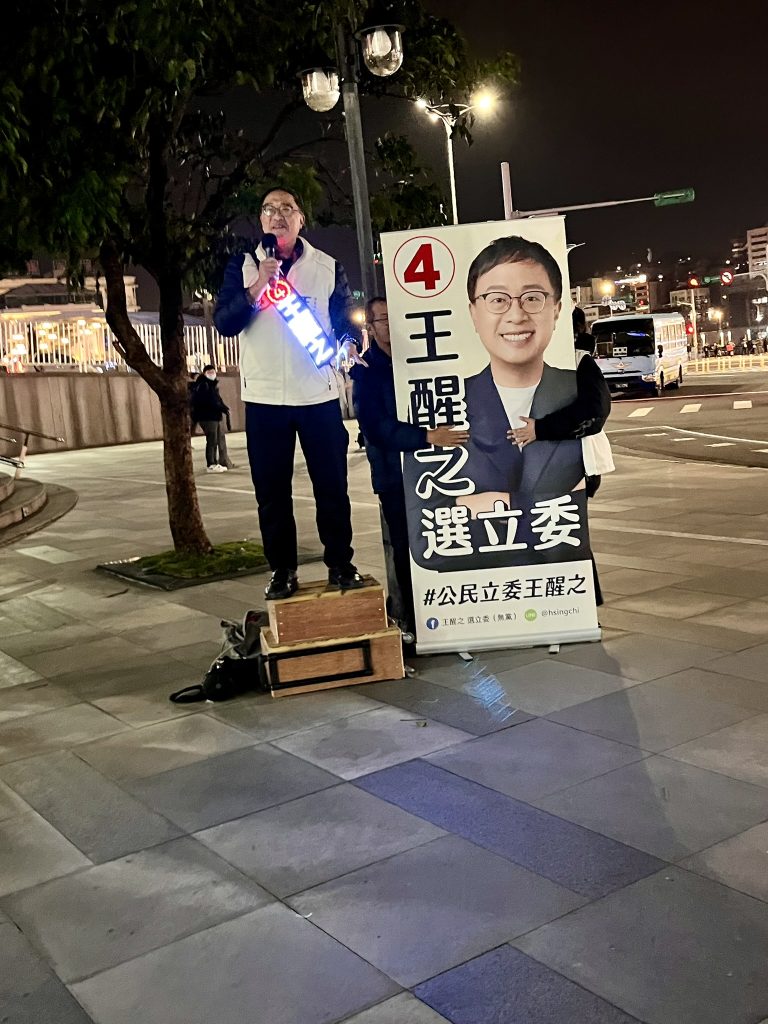
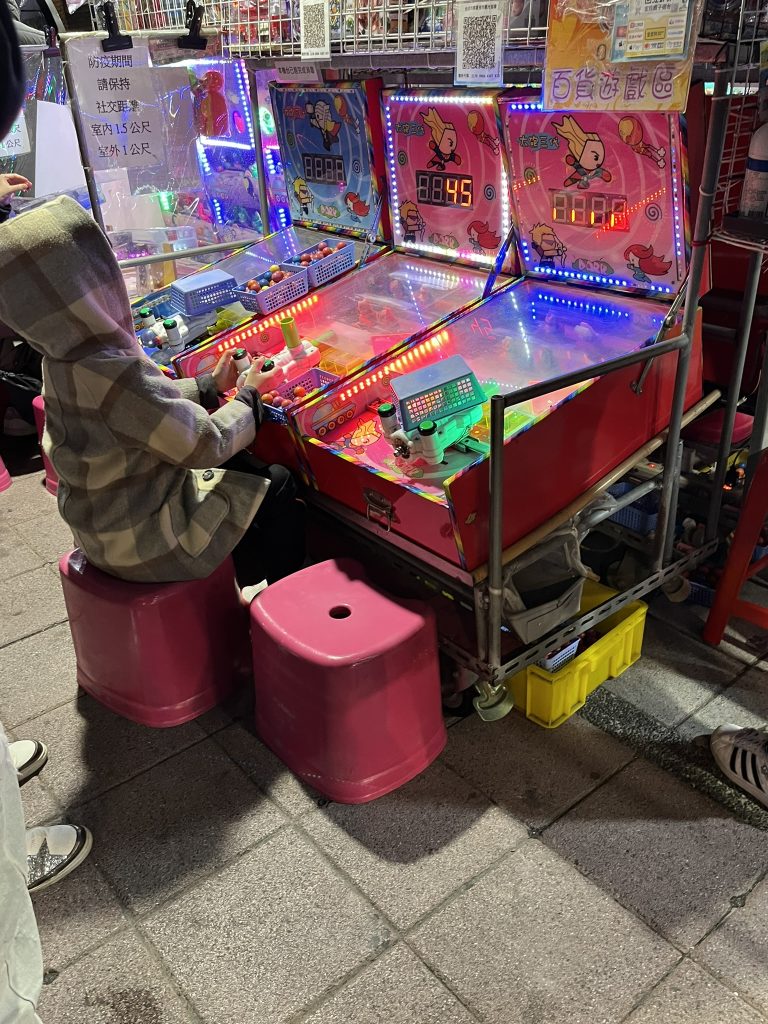
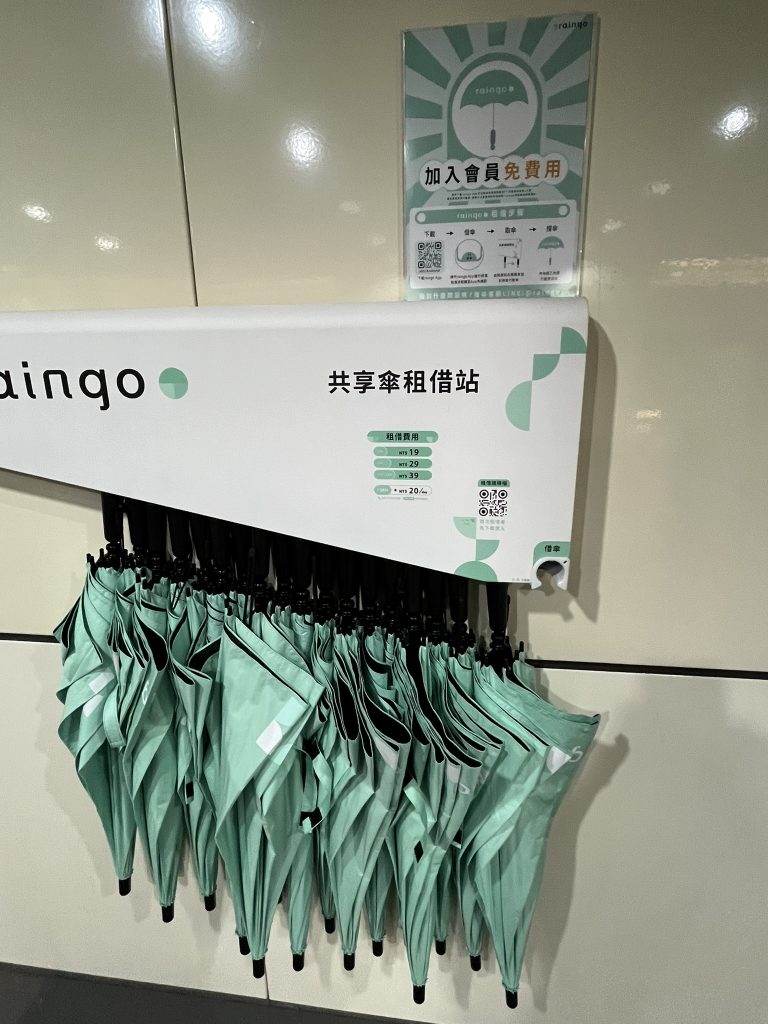
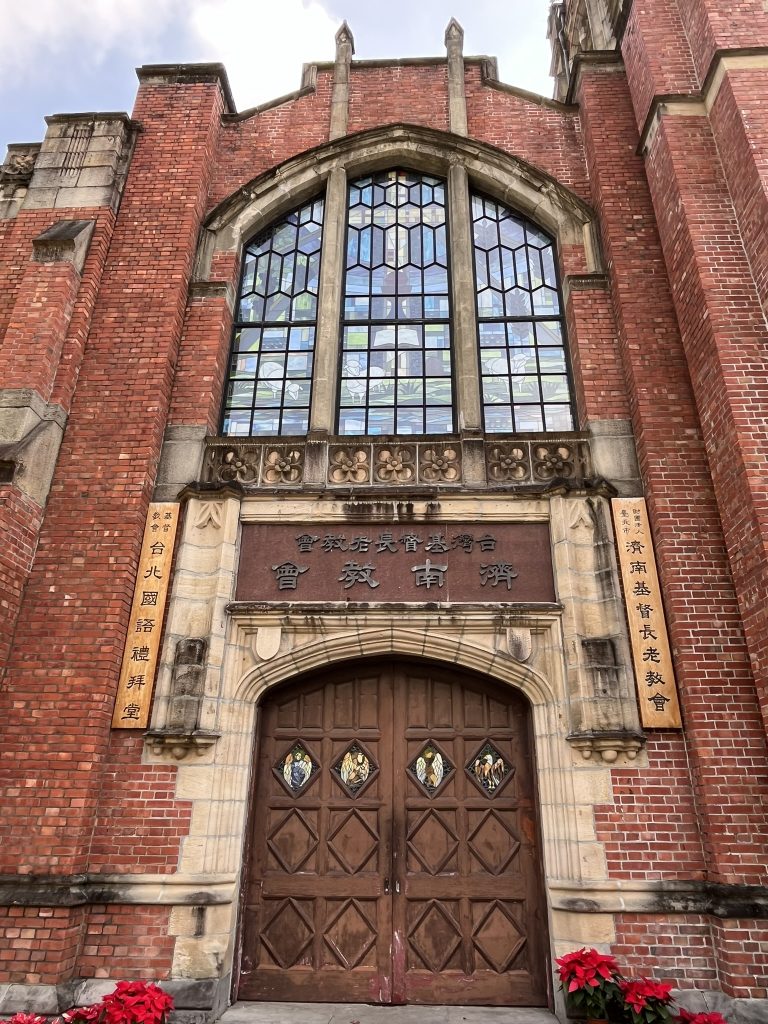
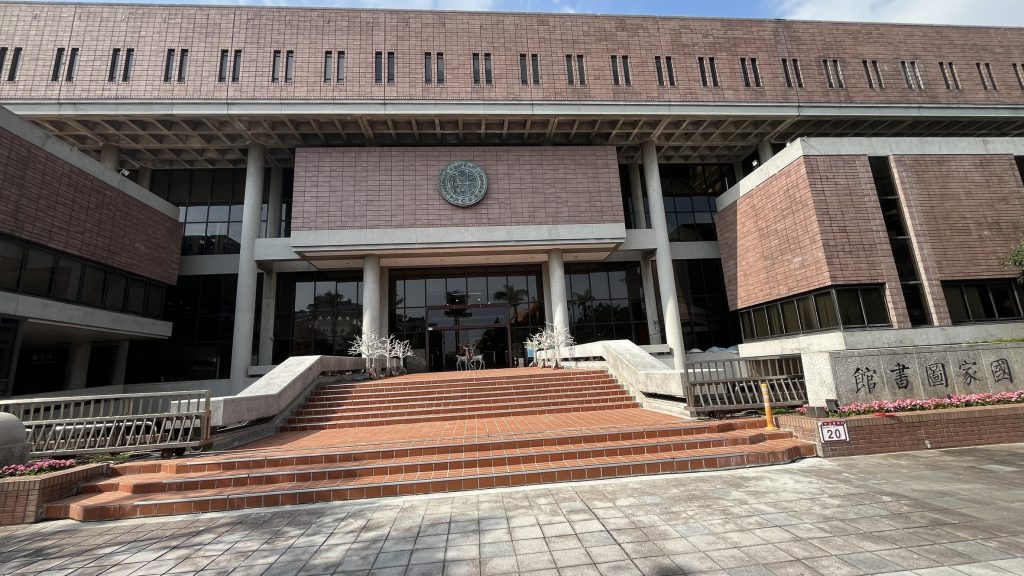
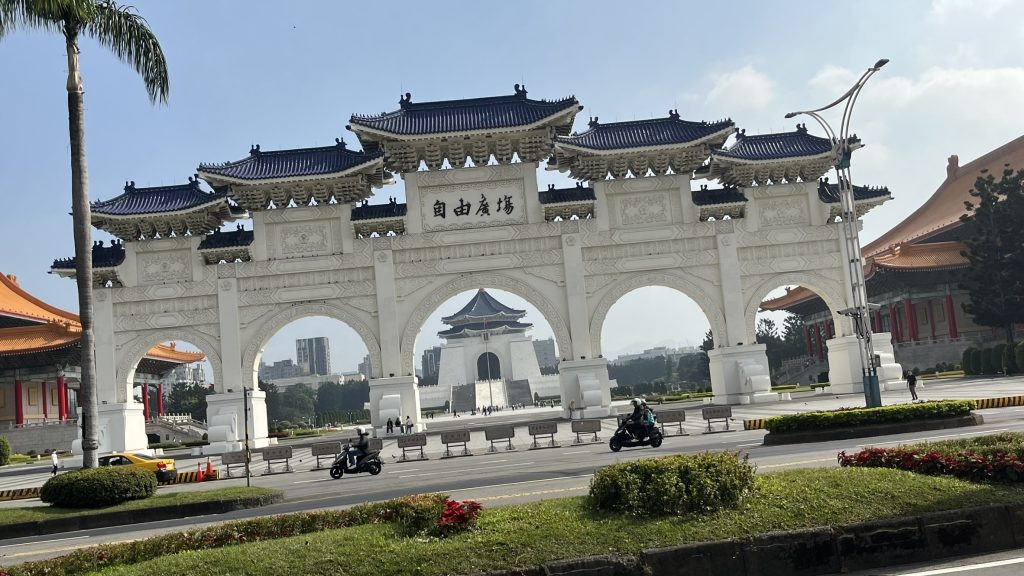
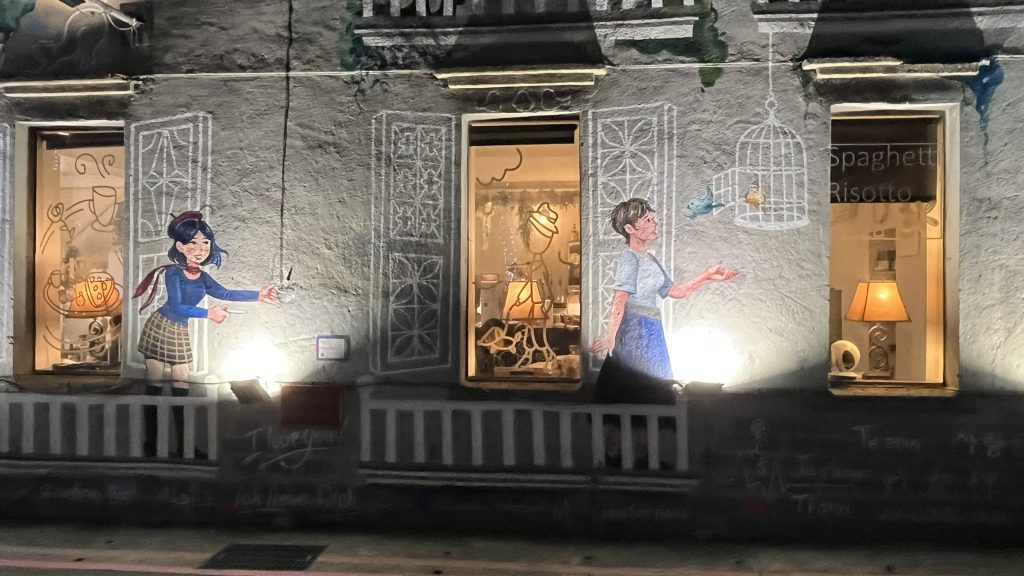
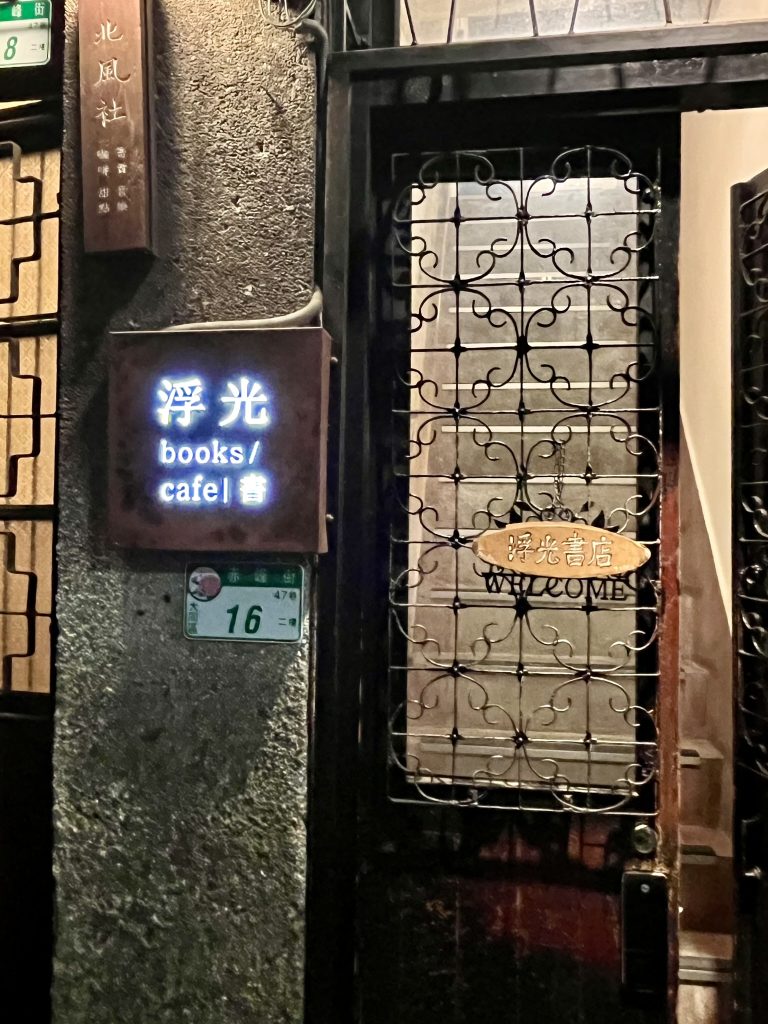
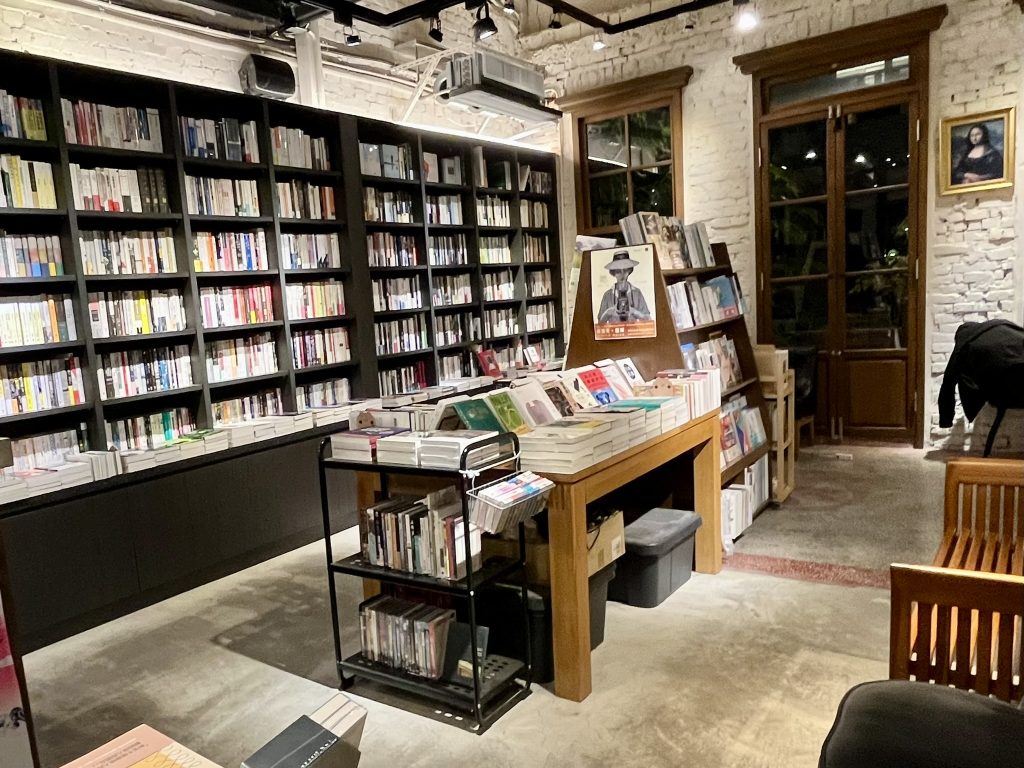
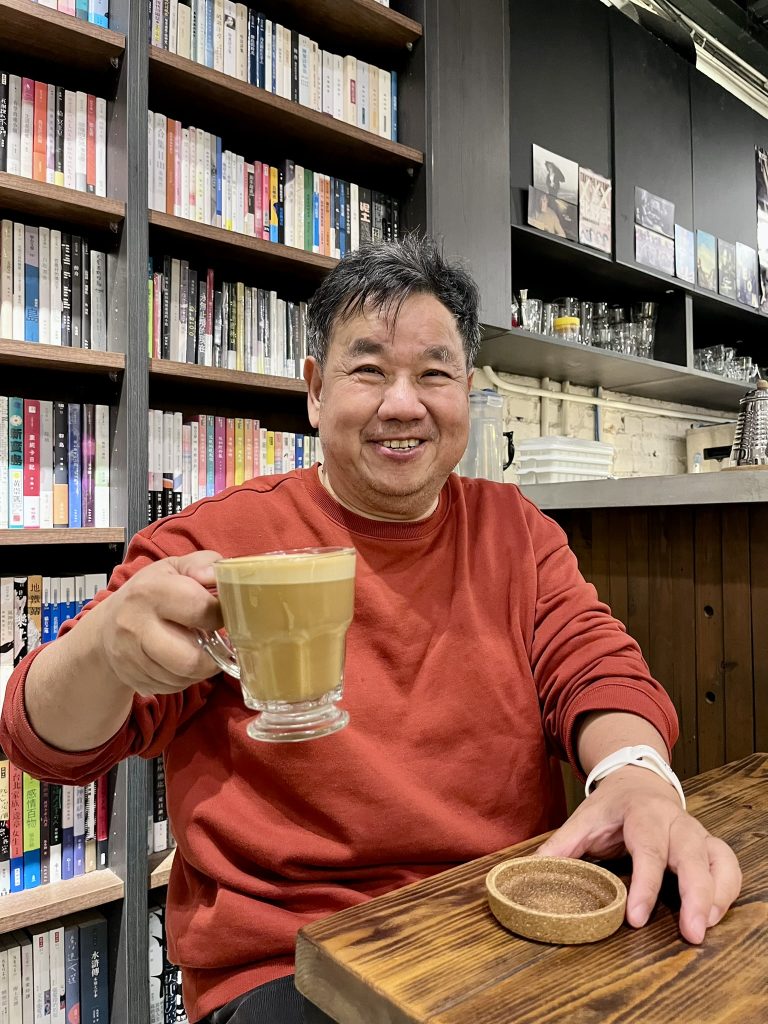
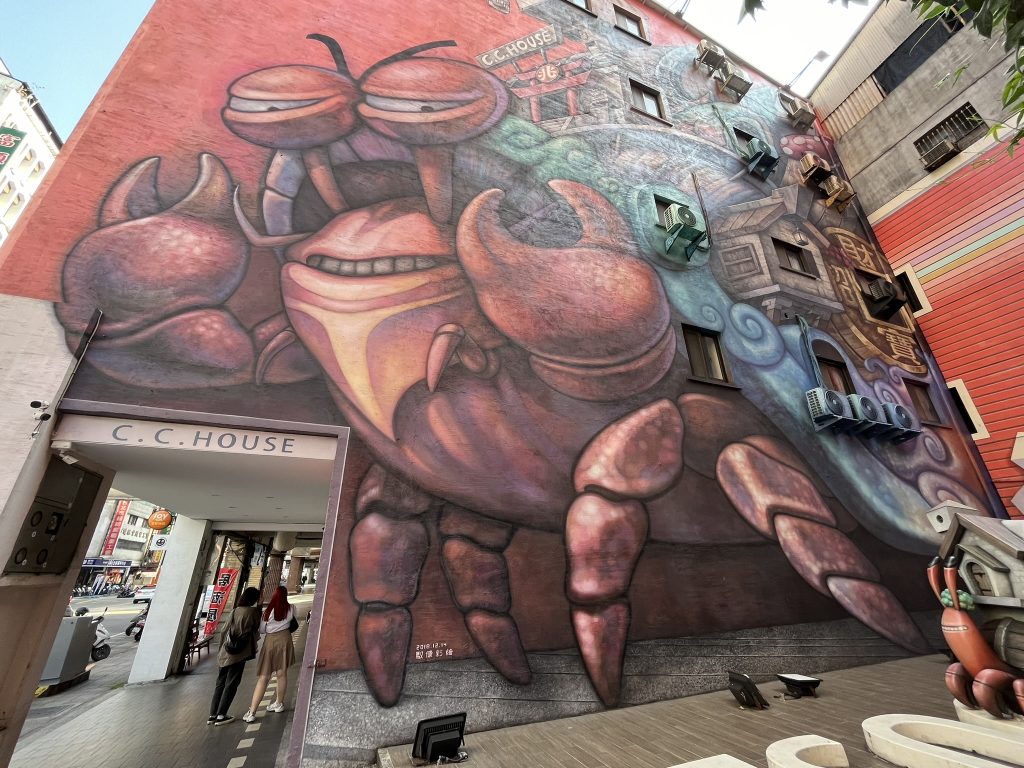
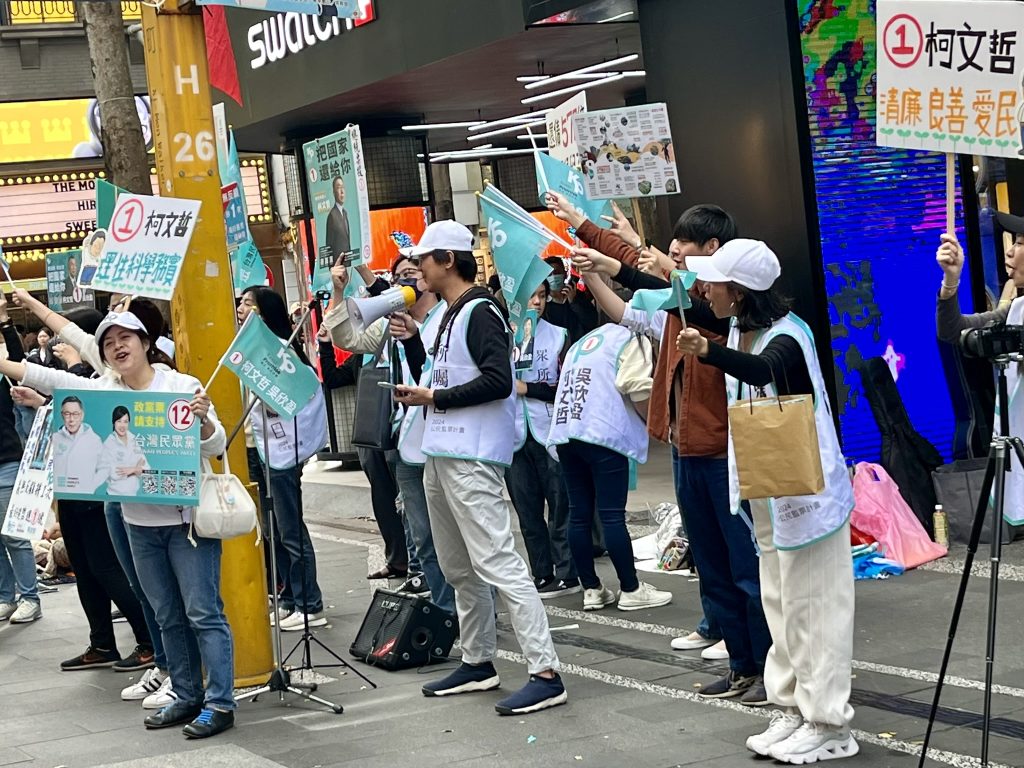
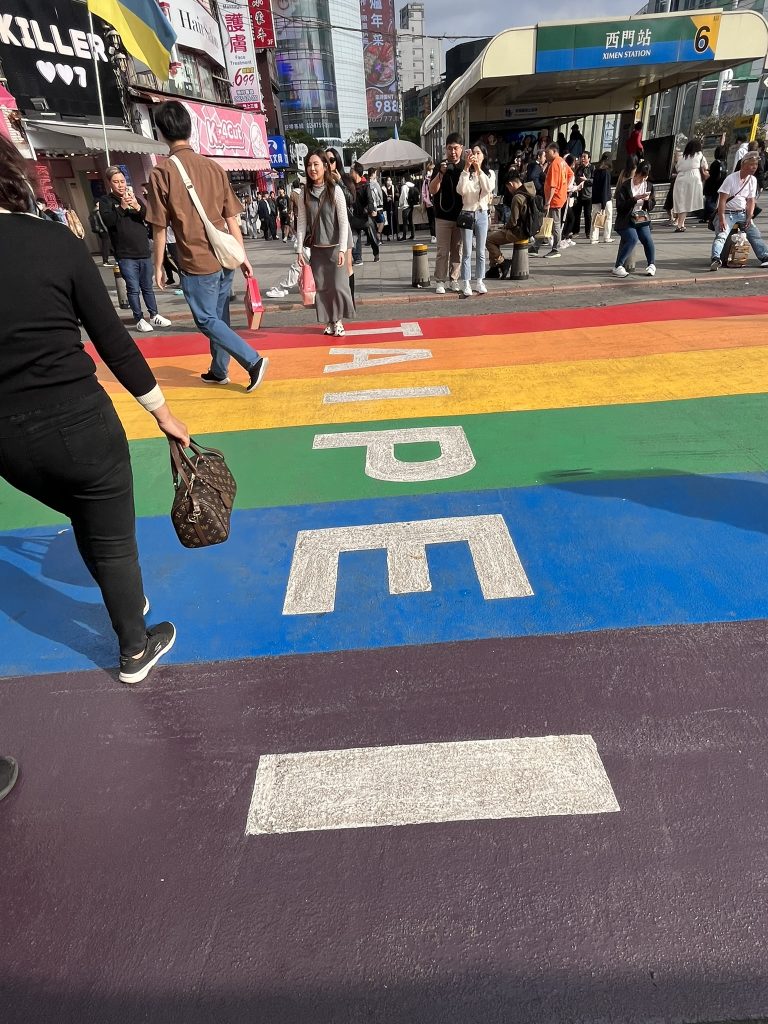
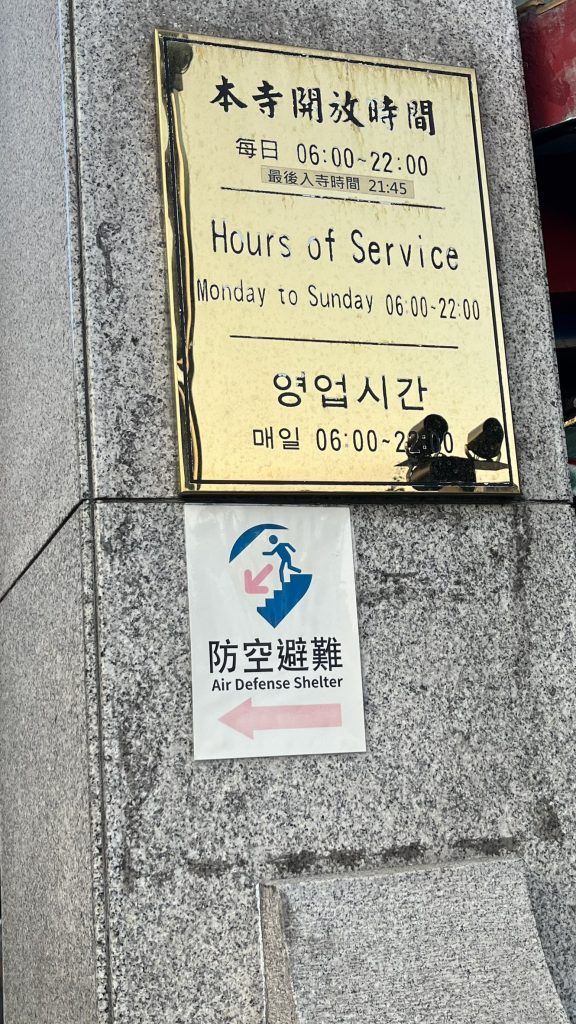
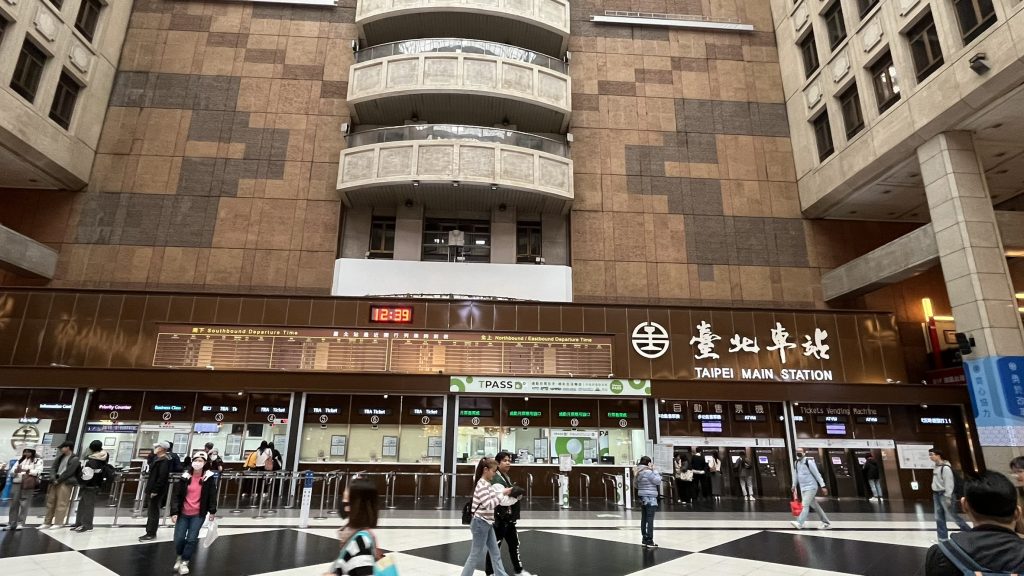
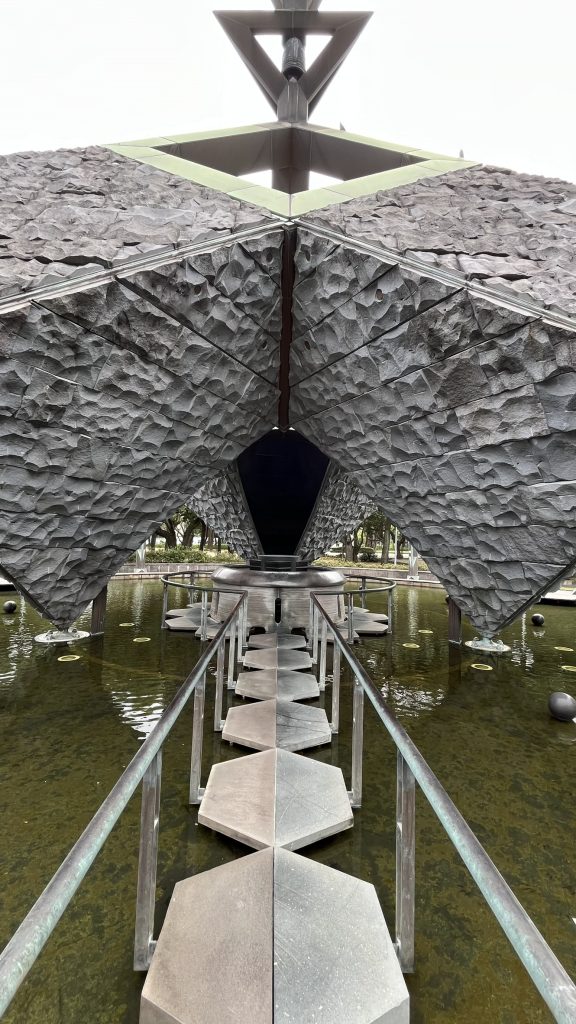
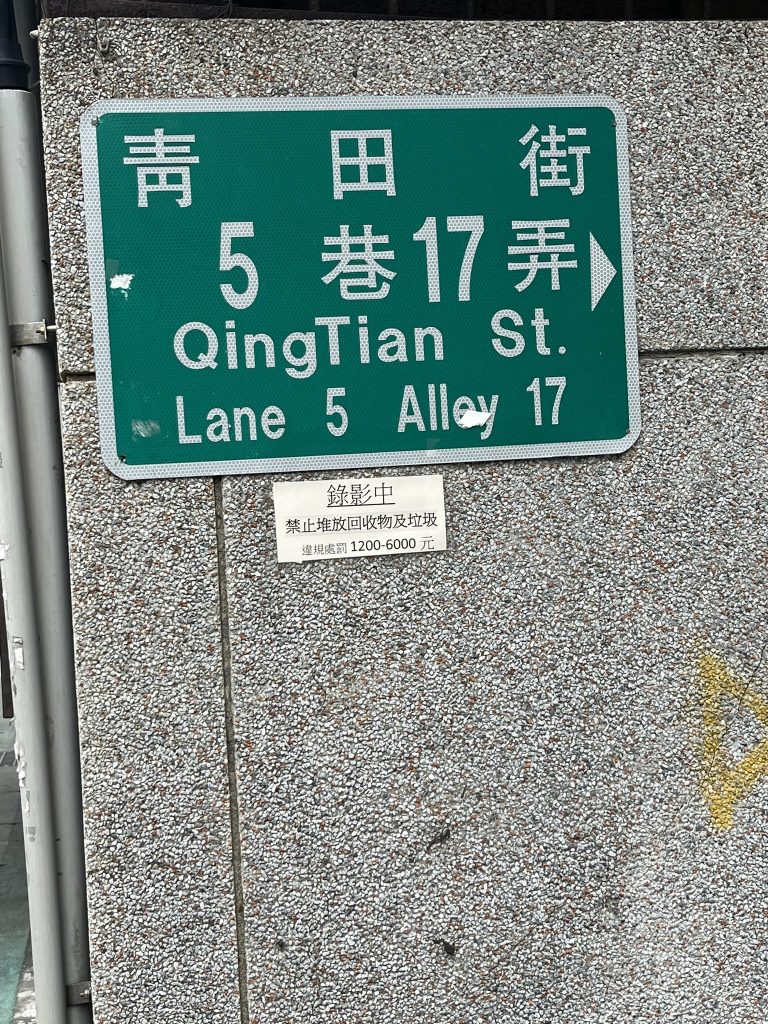
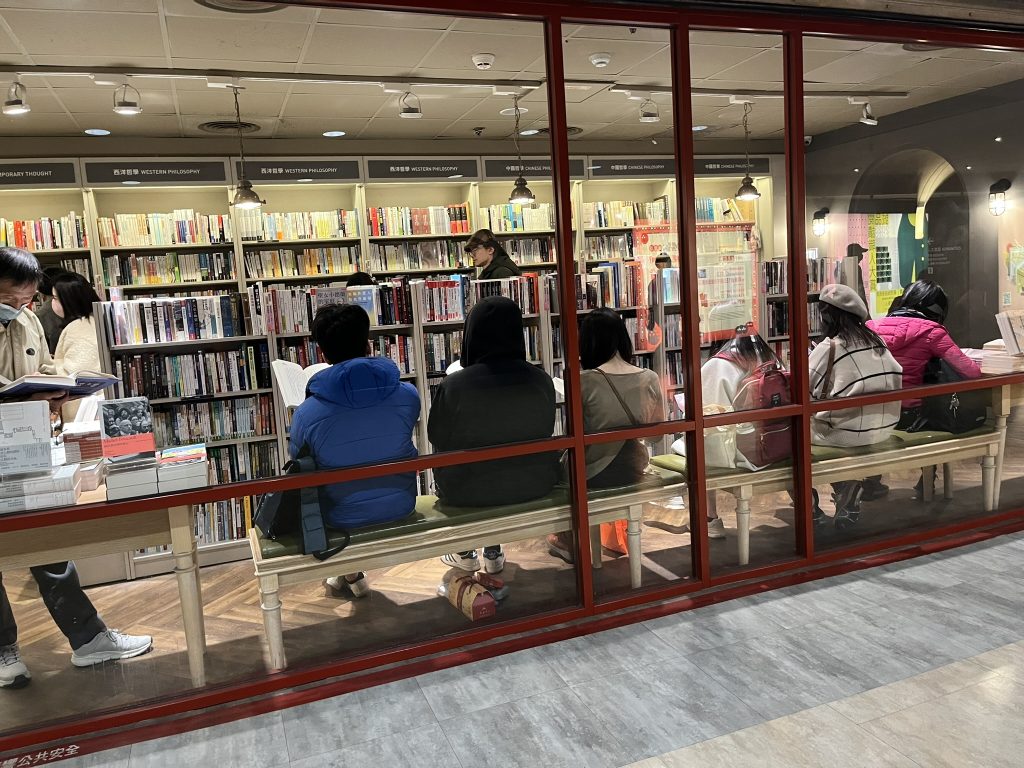
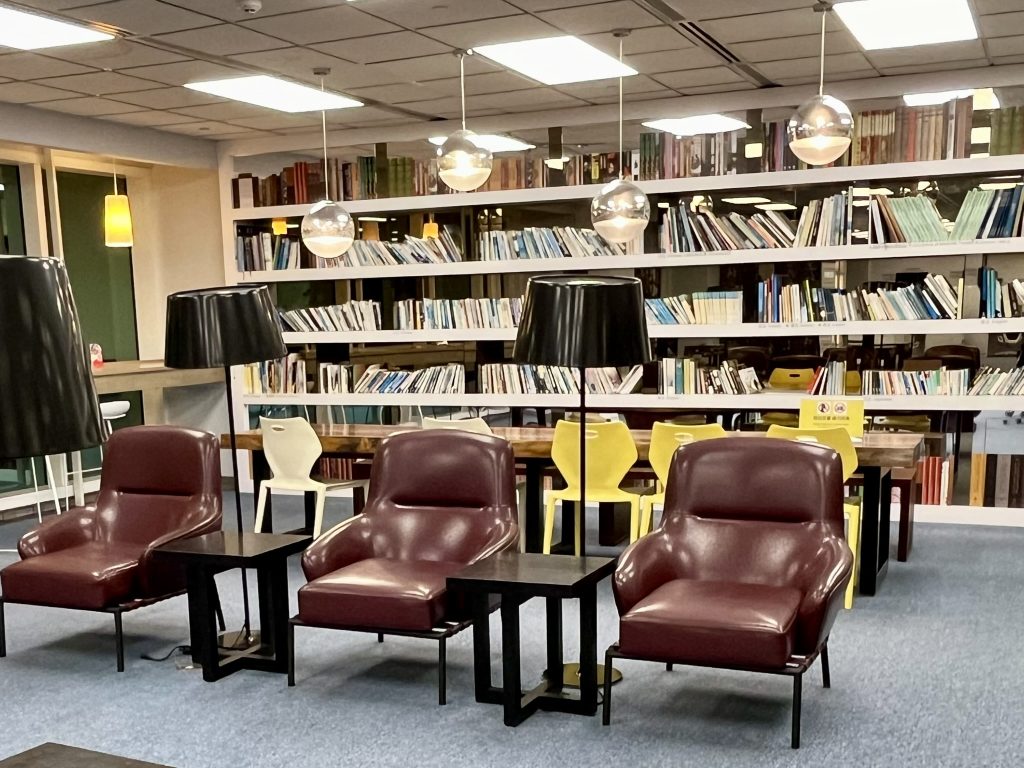
Taiwan (Feb. 2020)
My previous trip to Taiwan was in February 2020, just at the beginning of the global pandemic. In fact, I arrived the day before its government announced the banning of any visitors from Hong Kong, where I was from. You can read about that trip here:
- Taipei 臺北市
- Tainan City (臺南市)
- Kaohsiung City (高雄市).